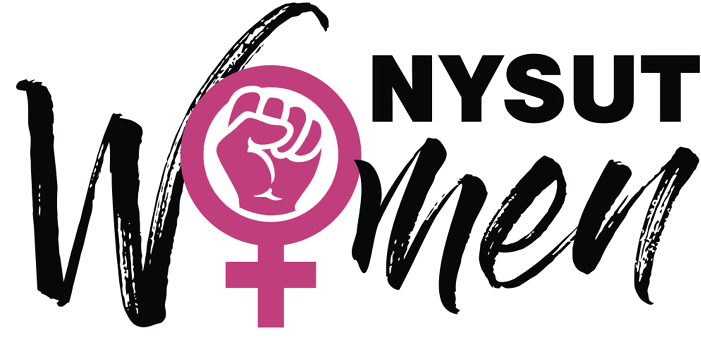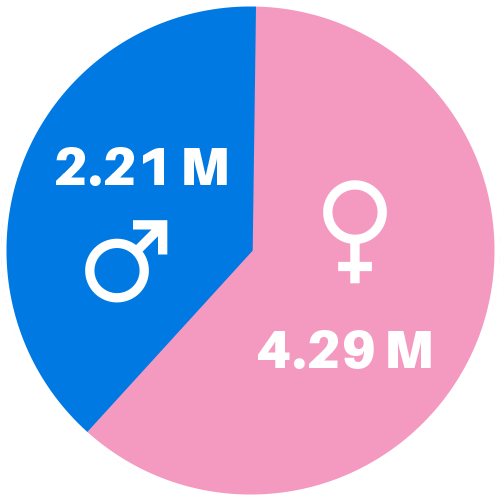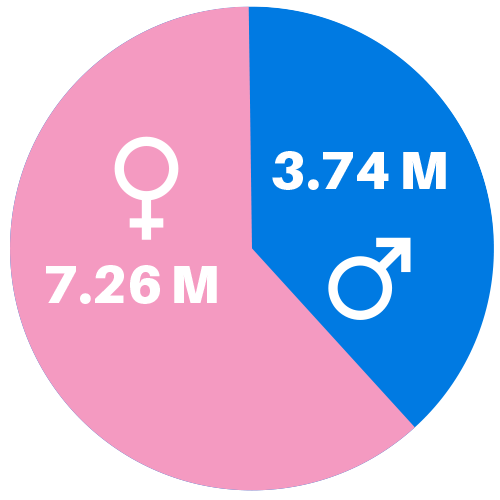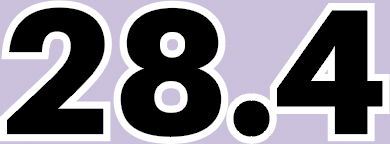NYSUT Women to examine impact of Alzheimer’s

ore than 410,000 New Yorkers are living with Alzheimer’s Disease — and almost two-thirds are women.
The disease affects women disproportionately in other ways, too. The responsibilities of caring for someone with Alzheimer’s most often falls on women, and that takes a toll mentally, physically — and financially.
The NYSUT Women’s Committee will address Alzheimer’s and its disastrous impact on women at its annual meeting, Nov. 18–19.
“Since the inception of the Women’s Committee, the women of our union have always prioritized women’s health as a key issue they wanted to explore and be informed about, so they can advocate for themselves and other women in their lives,” said NYSUT Executive Vice President Jolene DiBrango. “We know Alzheimer’s is hitting women hard, both as patients and as caregivers. We want to empower women and give them better tools for dealing with this devastating diagnosis.”
In the U.S., more than 13 million women are either living with Alzheimer’s or caring for someone who has it, noted Erica Salamida, director of community outreach, Coalition of New York State Alzheimer’s Association chapters. Salamida and Elizabeth Smith-Boivin, executive director of the Alzheimer’s Association–Northeastern New York Chapter, will present at the NYSUT meeting and identify lifestyle factors to help women reduce their risk.
Initially, researchers thought women developed Alzheimer’s more frequently than men because they live longer, Smith-Boivin said. Now, we know women are more susceptible due to a variety of factors, including pregnancy, hormones and heart health, which can influence blood and oxygen flow to the brain, she explained.
Nationally, more than 11 million people provide unpaid care for adults with Alzheimer’s or other dementia; and 66 percent of those caregivers are women.
“Because this is a progressive and terminal disease, what may begin as somewhat manageable caregiving can quickly become overwhelming,” said Smith-Boivin.
10 early warning signs of Alzheimer’s
2 Challenges in planning or solving problems
3 Difficulty completing familiar tasks
4 Confusion with time or place
5 Trouble understanding visual images and spatial relationships
6 New problems with words in speaking or writing
8 Decreased or poor judgment
9 Withdrawal from work or social activities
10 Changes in mood or personality
Early detection matters. If you notice these signs in yourself or others, get checked. Visit alz.org for more Alzheimer’s resources.
To lower their likelihood of developing Alzheimer’s, women should engage in regular physical exercise and heart-healthy eating. Women at risk for developing Alzheimer’s can also participate in various health studies, identified through the Alzheimer’s Association. “I want people to know that there’s a role for all of us in research,” said Smith-Boivin.
“The Women’s Committee has been in existence six years, and together, our members are improving the lives of women. Critical health education and advocacy like this, that is shared with our 80-member committee and the 30 sister-chapters across the state that stemmed from it, has the power to change outcomes for women everywhere. That’s tremendously powerful,” said DiBrango.
For resources, including how to start a women’s committee at your local, visit nysut.org/women.
By the numbers
Prevalence
Nationwide, 6.5 million people age 65+ suffer with Alzheimer’s. Two-thirds are women.

Caregiving
In the U.S., 11 million care for someone with Alzheimer’s. Two-thirds are women.

Time and Money


Health Impact


